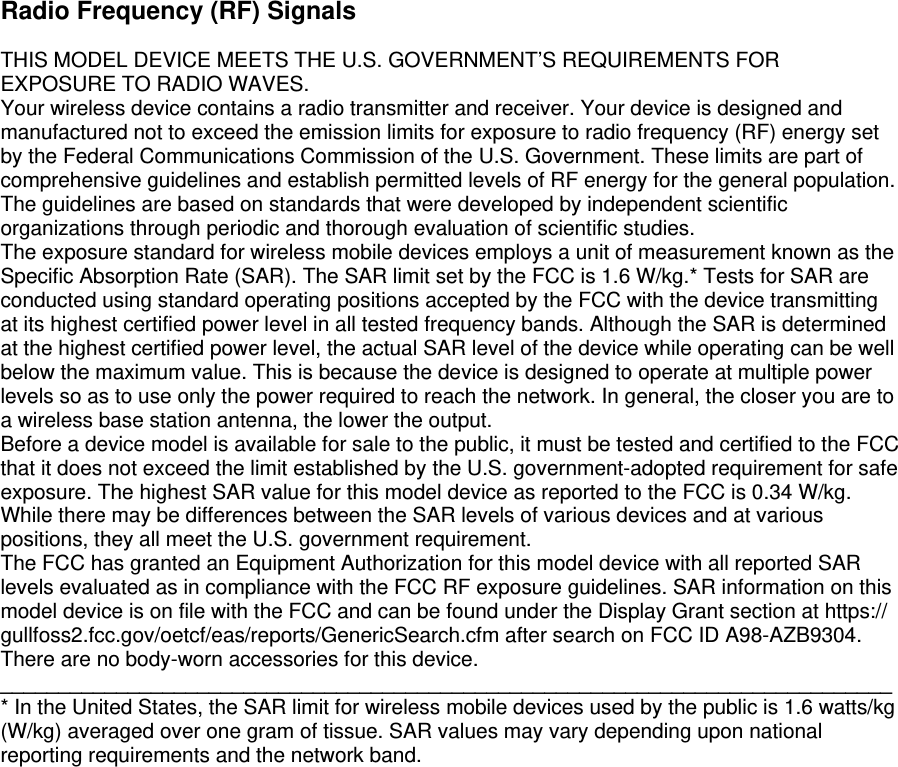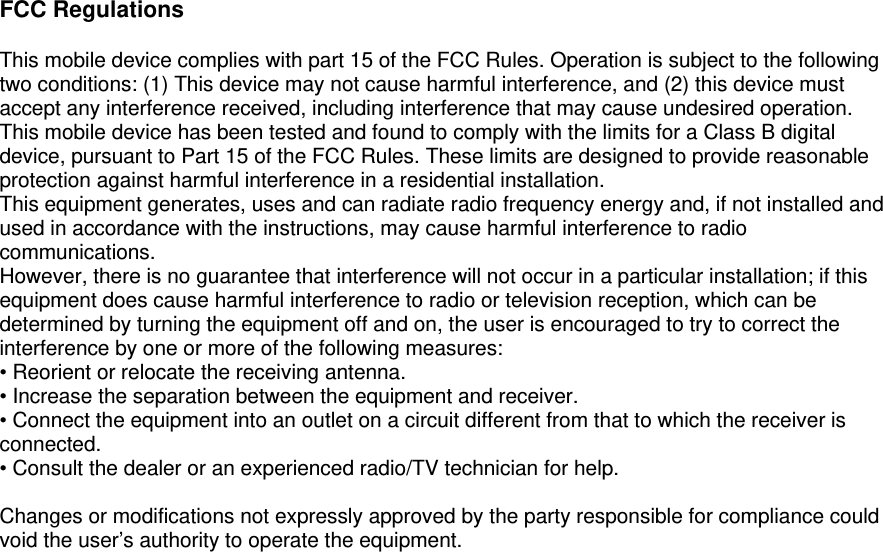NEC of America AZB9304 Cellular WCDMA/ HSDPA Phone with Bluetooth and WLAN User Manual RF Warning Info
NEC Corporation of America Cellular WCDMA/ HSDPA Phone with Bluetooth and WLAN RF Warning Info
Contents
- 1. Users Manual
- 2. RF Warning Info
RF Warning Info

